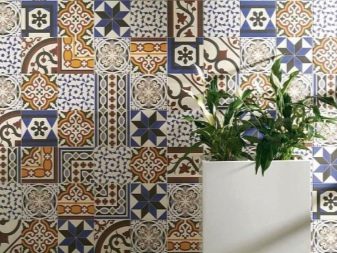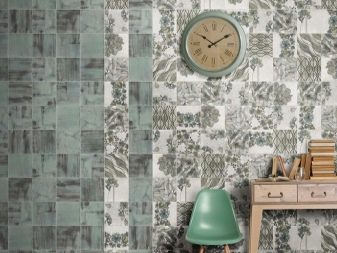Tile Patchwork
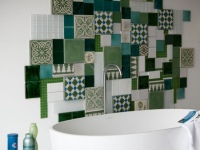
Patchwork tiles - one of the latest modern trends in interior decor. It is an original style solution that looks bright, unusual and very cozy. Such cladding resembles patchwork or intricate mosaic.
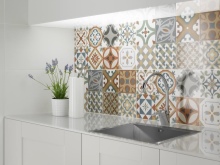
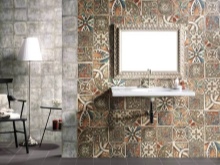
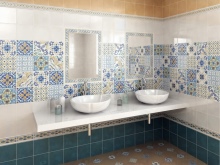
Features
The rapid development of digital printing technology has provoked a great variety of patterns for ceramic tiles. The creative solution was the combination of different ornaments, which led to the appearance of new collections, reminiscent of the familiar patchwork style. The bright solution fell to the tastes of designers.
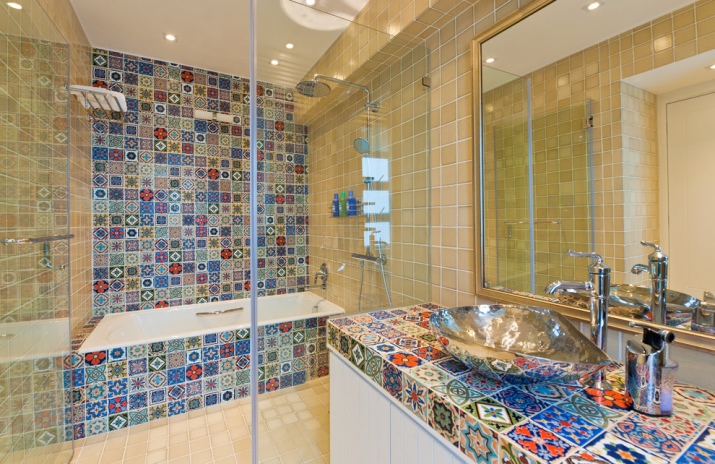
On the ceramic surface, most often a floral pattern is applied, but it can also be geometric and abstract. It is also possible to use a single ornament, as if broken into parts. To achieve a "patchwork quilt" effect, such tiles are laid without adjusting to the pattern.
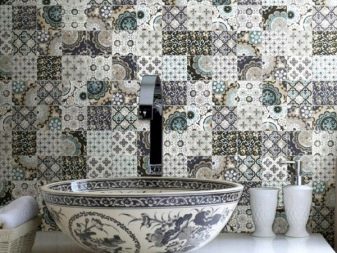
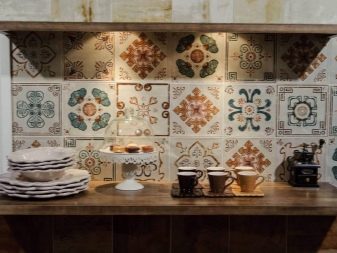
One of the features of the patchwork style is the ability to make your own collection. This approach is not limited by imagination in any way.
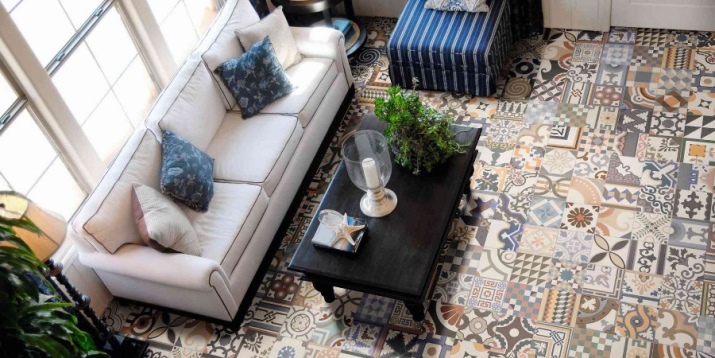
If creativity has moved you to such a step, then you can give some recommendations:
- Try to ensure that the colors of the patterns on the tiles match each other. For example, a spectacular solution would be a black and white range.
- It is better to choose tiles from the same manufacturer. So there is a better chance of finding a successful combination.
- The size of each fragment should match not only in width and length, but also in thickness and type of edge.
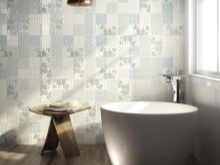
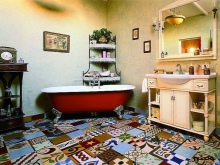
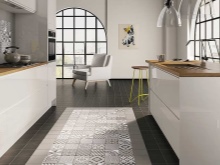
The application of patchwork tiles in the interior is diverse. She can decorate not only the bathroom or kitchen, but also the hallway, bathroom, balcony or veranda. In the kitchen, it is appropriate to decorate fragments of walls, the creation of the so-called "aprons". In the bathroom, looks effective tiling only one wall. If floor tiles are used, the patchwork fragment will decorate the dining area, as it will look like a rug.
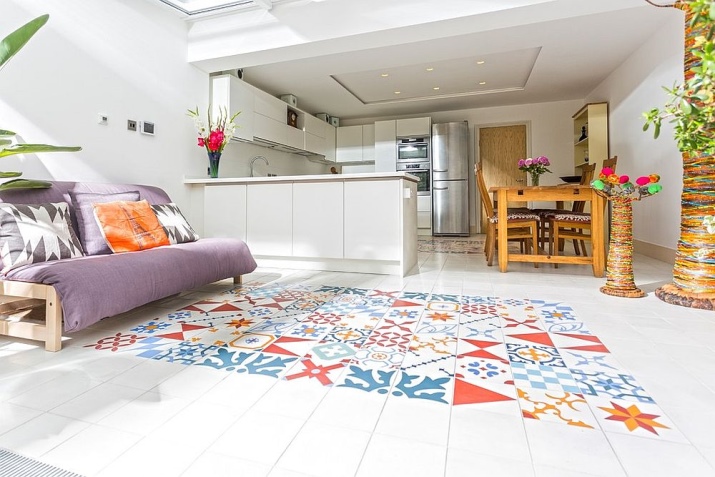
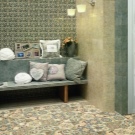
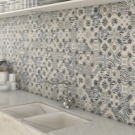
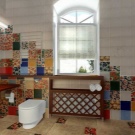
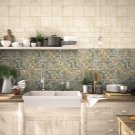
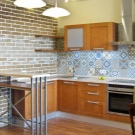
What style is suitable for?
Strange as it may seem, but patchwork fits perfectly into the style of minimalism in the interior. Too calm, made in the basic colors of gray, white or black, minimalism can "come to life" thanks to the patterned tiles. Bright, as if mosaic, element on the contrast will emphasize the elegance of an understated, a little bit strict style and bring a joyful mood to it.

Country style is native to patchwork elements. Here such a tile looks harmonious, emphasizing the coziness of the home atmosphere. The most different color combinations are appropriate. A special color gives the white and blue ornaments, reminiscent of Gzhel or Dutch ceramics.
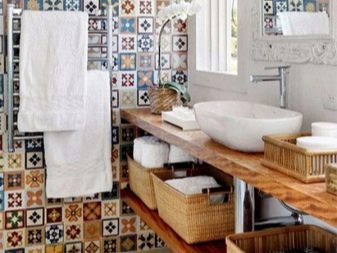
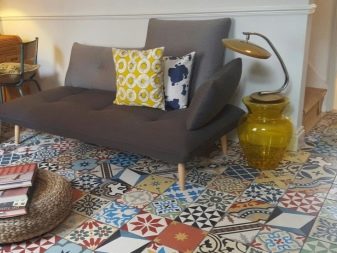
Provence, classic, Mediterranean styles are also in perfect harmony with tiling à la patchwork. This solution will bring to the interior airiness, lightness and playful mood.
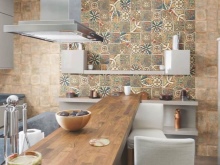
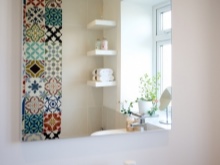
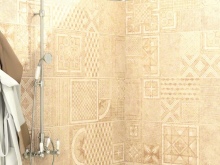
Retro style - another trend in design, perfectly combined with ceramic mosaic in the style of "patchwork quilt". To emphasize the vintage, you can choose tiles with a non-contrast, as if faded or slightly blurred pattern.
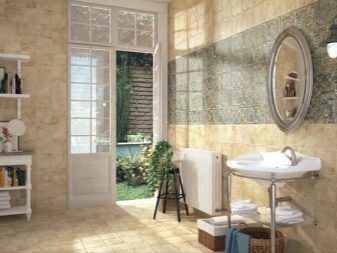
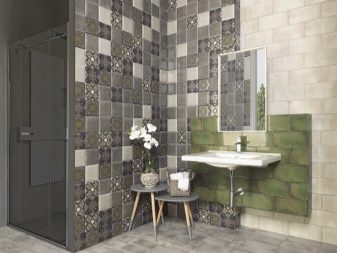
Combinations of high-tech or modern style with patchwork elements look original. The initial rough design is softened and set off favorably by the variegated tile inlay.
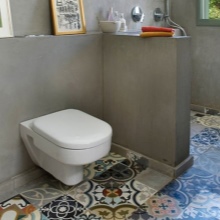
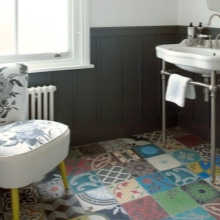
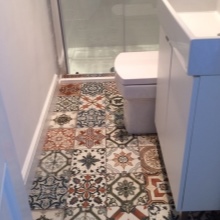
It is worth noting that on the patterned background, eco-style elements look spectacular: massive tables and chairs made of wood. By analogy with oriental carpets, patchwork tiles can also give an ethnic flavor to the interior.
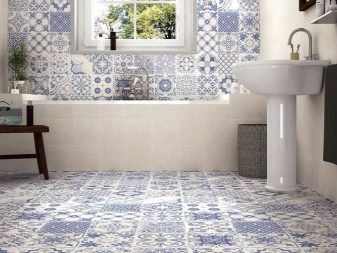
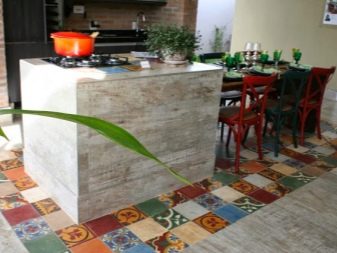
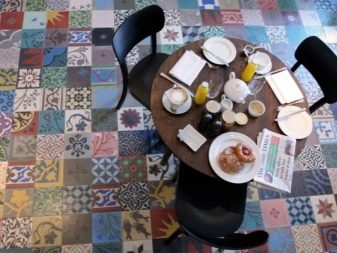
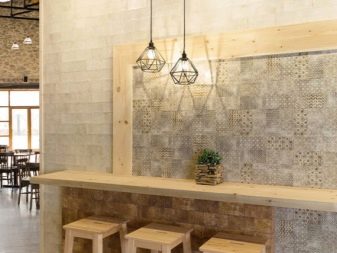
Types of tiles
Let's distinguish the following types, which are used in the collections:
- Floor tiles, which are divided into porcelain, porous, mettlach tiles. They differ from each other by physical properties and manufacturing method.
- Ceramic tiles and its many varieties, the most common of which is tile.
- A voluminous, slightly convex tile will add texture to the tiled area. It enhances the effect of perception.
- Glazed and unglazed. Glazed versions are coated with a special layer of colored glass that improves hardness, water resistance and gives a glossy surface appearance.
- You can also use such a variety as a mosaic, which is made not only of ceramics, but also of glass or metal. These materials are also more durable.
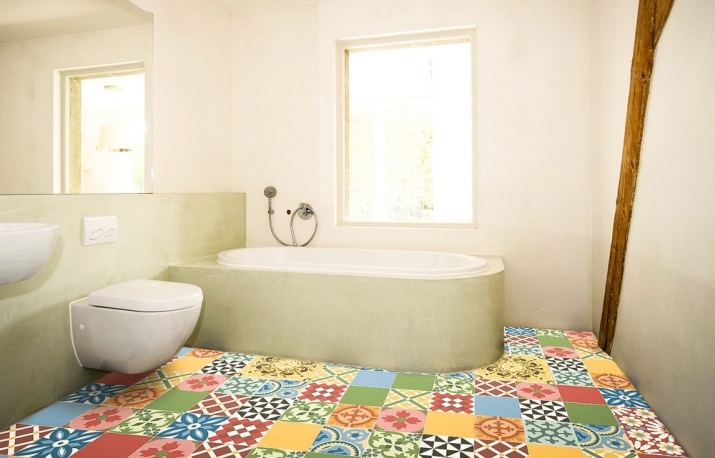
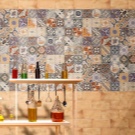
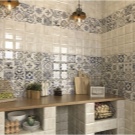
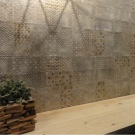
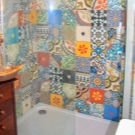

Tile sizes
Some of the most common sizes for patchwork tiles: 20x20, 45x45, 60x60 centimeters. For rectangular formats, these are: 20x30, 25x30, 27.5x40, 15x90 and 30x90 centimeters.
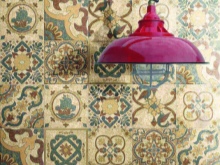
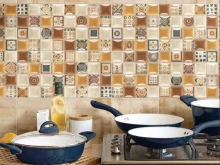
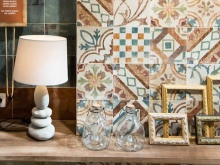
There may be non-standard options with both smaller and larger parameters. Some manufacturers produce their own unique sizes.
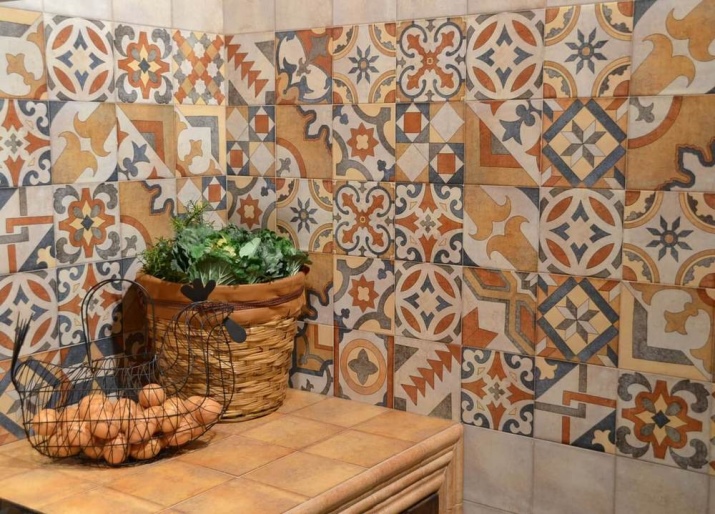
Size 60x60 often corresponds to a porcelain tile, which imitates the layout of 4 or 9 tiles with small patterns.
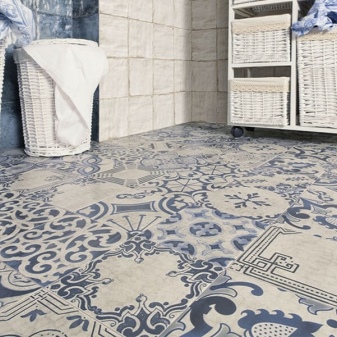
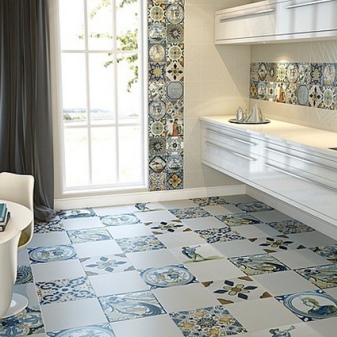
For floor cladding size options are even more diverse, as triangular, and five-, six- and even octagonal forms are applied.
The most common are:
- Parameters for square models, cm: 25x25, 20x20, 15x15 and 10x10.
- Parameters for rectangular shape, cm: 30x40, 20x30, 15x30, 15x20 and 10x20.
- Five-sided, cm: 8,7x15, 9,8x17, 11,5x20.
- Hexagonal, cm: 15x17.3, 17x19.6, 20x23.
- Octagonal, cm: 20х7х10, 17х6х8,5.
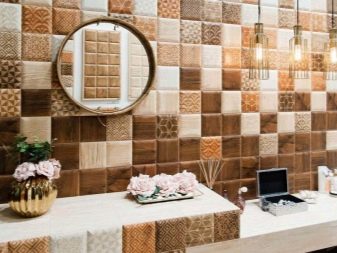
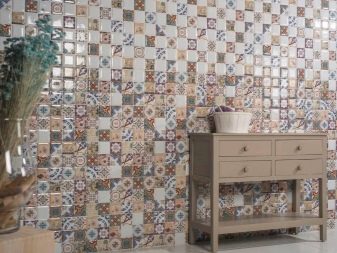
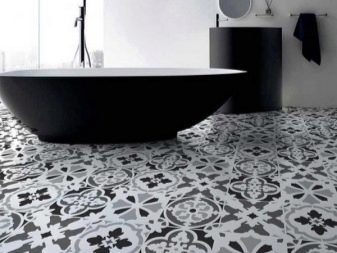
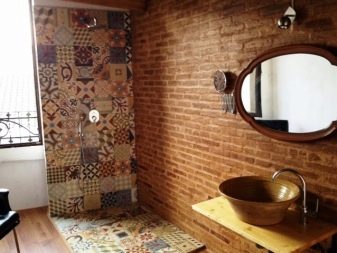
Mosaic tiles are sold in matrices, with individual element sizes ranging from 10x10mm to 50x50mm.
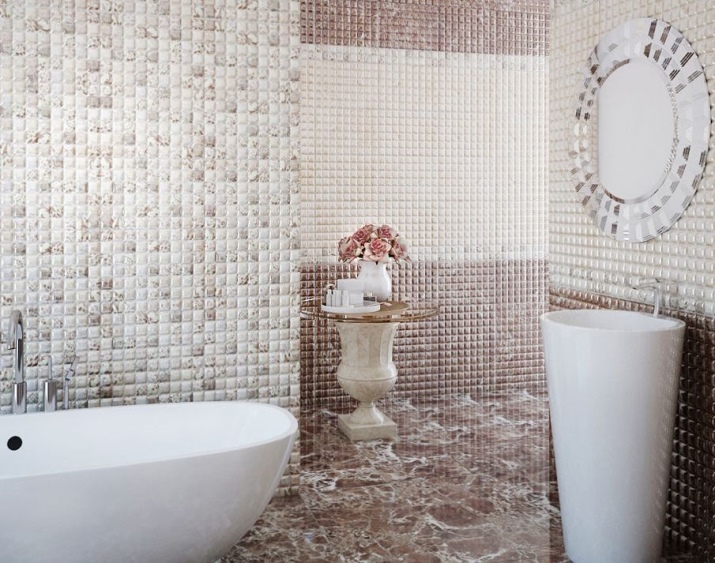
Popular collections
Porcelain Stoneware "Royal Road" by Kerama Marazzi - A stylish collection with exquisite ornaments in a grey and beige colour scheme. The size of the tiles is 60x60 cm.
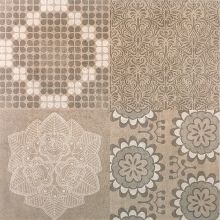
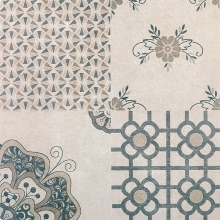
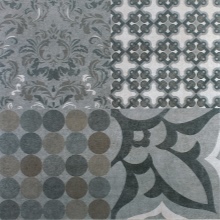
The collection Artwork from the Russian brand Italon has a range that has become popular, a variation in the patchwork style. It is made in gray and beige tones. The size of the pieces in the collection is 30x30 cm.
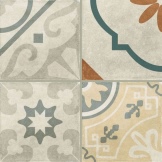


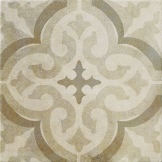
Stylish gray-blue collection Milano is presented by the Spanish brand Mainzu. Tender, airy ornamentation is a feature of this series. The size of the tiles is 20x20 cm.
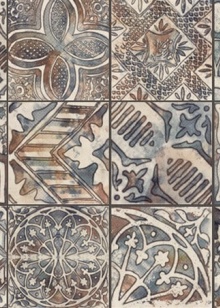
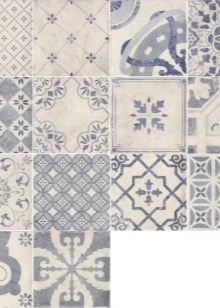

Also the blue and white-blue collections in patchwork style, reminiscent of Gzhel and colorful Dutch ceramics, are invariably successful.

Brand Overview
The leading manufacturer in Russia is the Kerama Marazzi brand. It produces ceramic tiles, granite and mosaics. The company is the owner of many prizes. In its collections often touches on the national colors of different countries.
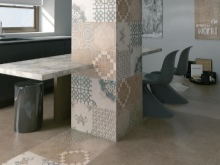
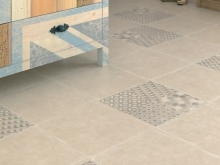
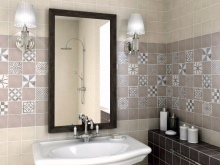
Also one of the leading concerns on the Russian market is Italon. It specializes in the production of high quality porcelain stoneware at affordable prices. It is rightfully proud of its Italian equipment.
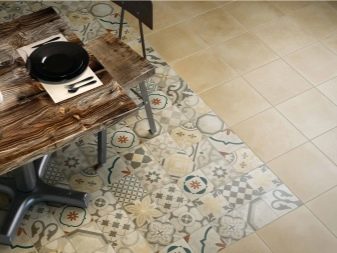
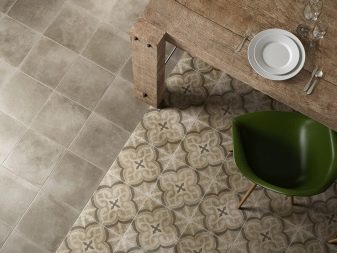
Popular in our country and all over the world, the brand Vives comes from Spain. It uses innovative technologies in manufacturing and boasts a wide range of colors and textures. Particular emphasis is placed on the original design.
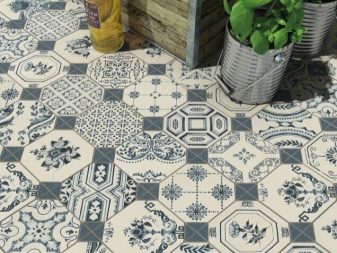
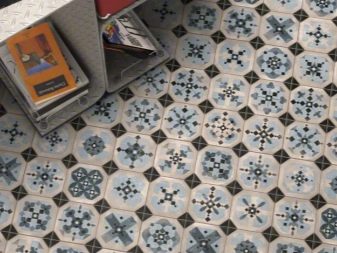
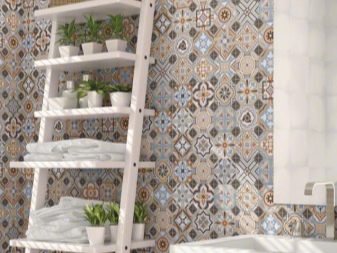
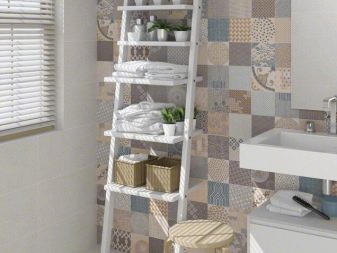
Another Spanish brand Mainzu specializes in the production of artistic tiles. It has several collections made in "patchwork" technique.
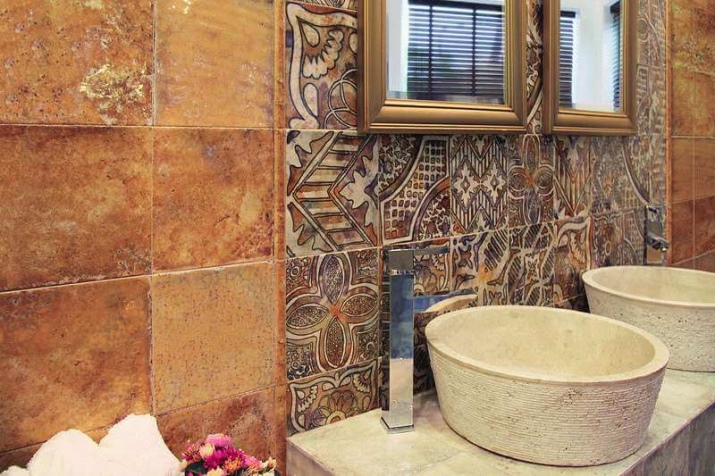
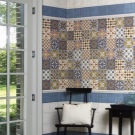
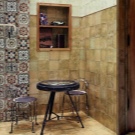
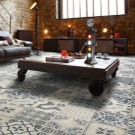
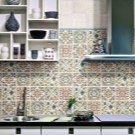
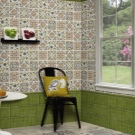
The world-famous company TAU Ceramica is also based in Spain. Its special specialty is the coating of tiles, which resembles the glow of a silk fabric. The special technology for this has been developed over the course of seventeen years, and the result has won worldwide recognition.
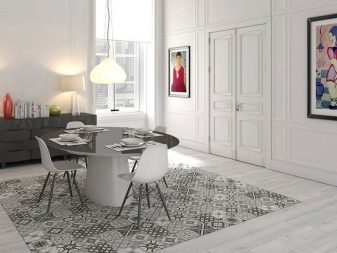
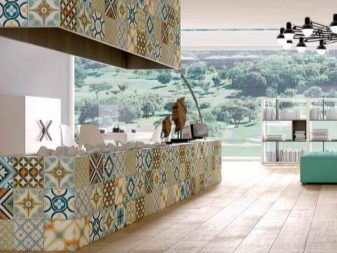
Color solutions
For the patchwork style, the choice of color combinations is especially important.
There are the following color options for such tiles:
- Monochrome. For example, black and white, gray and white, beige and brown. Using this option, you can not be afraid to make the interior overloaded. Monochrome ornaments look openwork and airy.
- Two- or three-color. For example, blue and white or black and yellow. Beautiful, playful combinations should still be used more carefully. Their excess can lead to ripples in the eyes. Therefore, it is better to apply them point by point, to make only an accent on something.
- Multicolored. Each tile can be made in a different color. For example, there are collections that combine red, blue, yellow, white and orange. Such a bright option will suit the calm interior of a white kitchen or bathroom. This is a bold decision, it looks like a kaleidoscope, so calm people can tire or irritate. On the contrary, for creative, cheerful natures, such a style solution will be perceived harmoniously and comfortably.
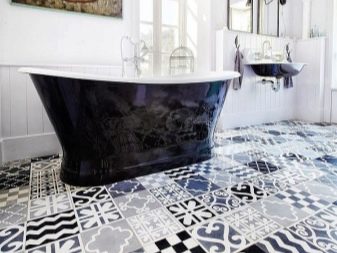
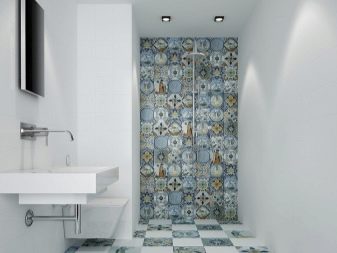
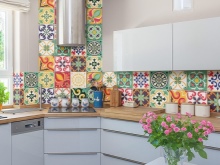
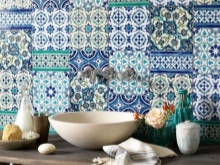
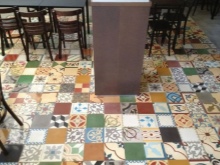
The peculiarity of variegated patchwork tiles in interior design, especially multi-colored, is that in large quantities it is able to "break" the proportions and geometry of the room. It introduces a certain dynamics, dominates the space. To avoid overdoing it, tiles should be combined with classic monochrome options, adhering to the rule "less is more, but better".
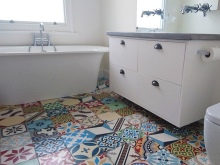
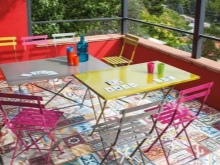
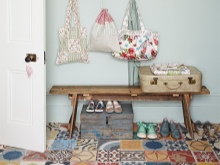
Examples of tiles in the bathroom interior
In the bathroom, it is good to use this method to accentuate certain areas.
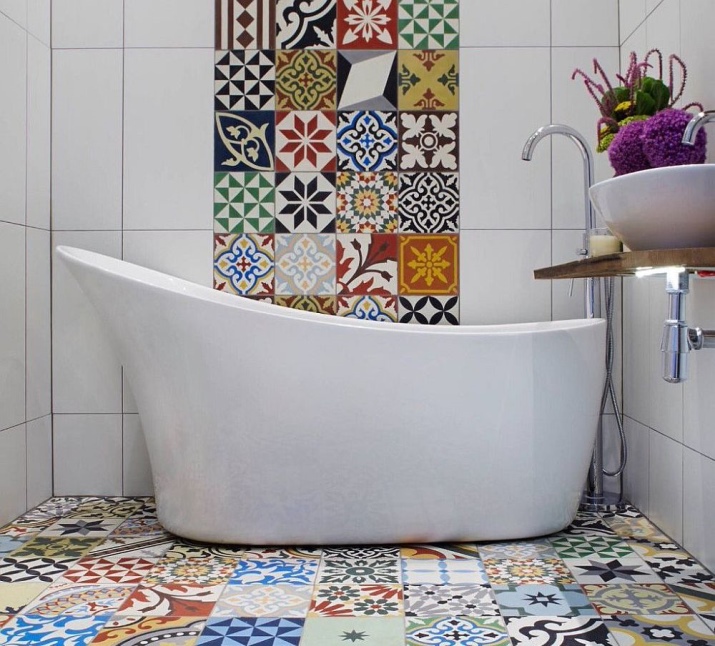
For example:
- In the first case, we see how spectacularly highlighted the functional areas for washing and bathing. Here, patchwork tiles brought coziness and a cheerful mood to the interior.
- A memorable, unusual option is a bright blue bathtub on the background of a "carpet" of ceramics with black and white ornaments. A light oriental note, combined with the unusual color of the bathtub with a classic form, added chic to this room.
- The option with the floor tiles clearly demonstrates how you can decorate and enliven the cold, rough design in black tones. Gorgeously shading and complementing each other, the monochrome room and the mottled floor look gorgeous together.

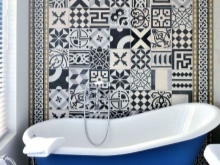
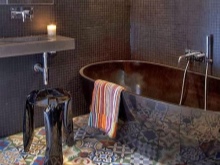
Bright and memorable patchwork tiles can become a highlight of any interior. This spectacular solution is not only easy to implement in practice, but also looks extraordinary. The unique set of ornaments is able to charge you and your guests with positivity from day to day.
